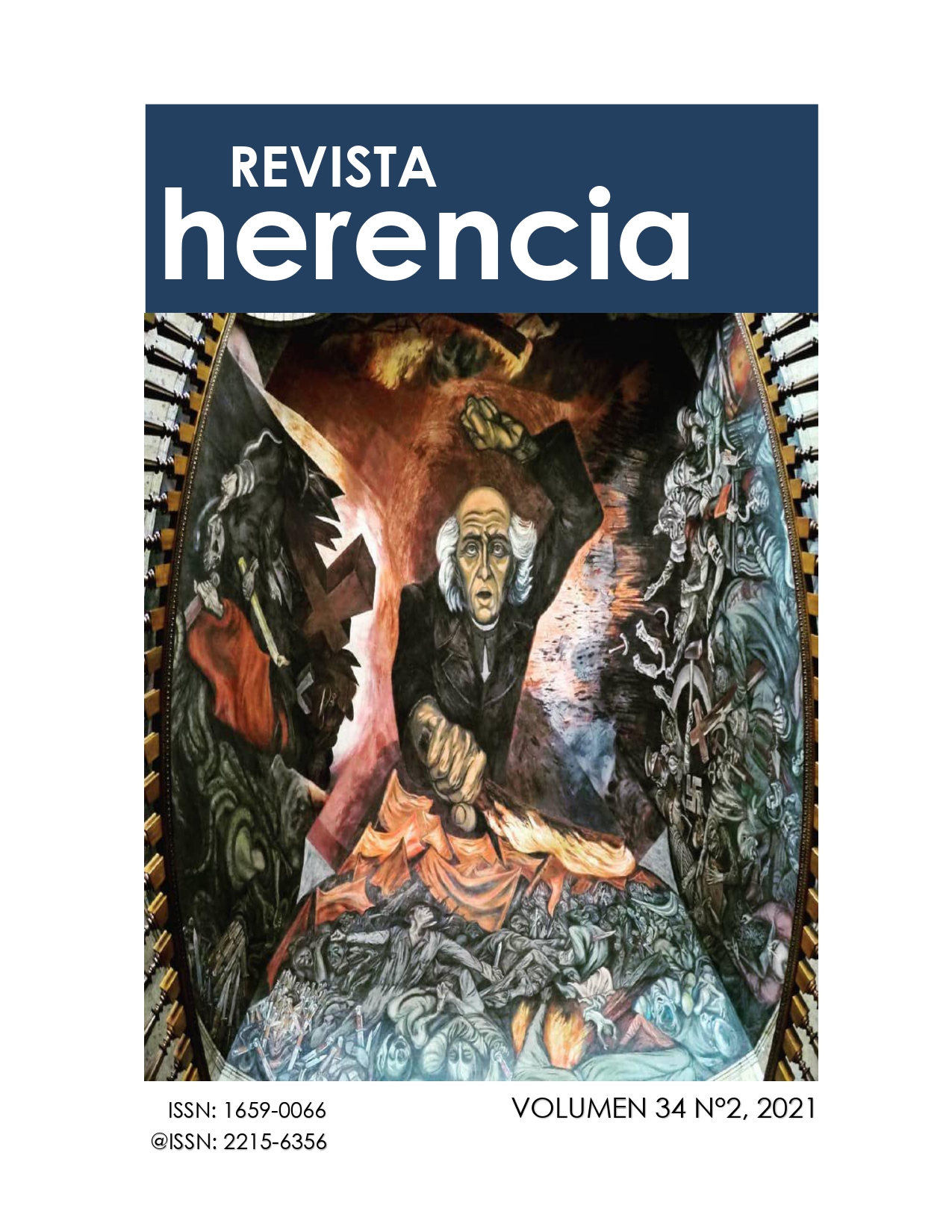Abstract
Received: 18-01-2021.
Approved: 01-05-2021.
This article is a semiotic study on the beginning of new figuration in the Costa Rican painting during the decade of the seventies; specifically, in the work of artist Rafael Ángel Felo García Picado with his piece “Tugurios” (Hovels) from 1970. Additionally, the socio-historical context of the Costa Rican Salones Nacionales de Artes Plásticas, or National Halls of Plastic Arts (1972) is referenced in this article. Methodologically speaking, a semiotic analysis is used to interpret the sign on three levels (syntactic, semantic and pragmatic), and the notion of "neo-figurative art" is conceptualized following a theoretical approach. Finally, it is easy to perceive how the promotion of Costa Rican art production, along with its own context, experiences a change of social paradigm (or moral crisis) due to the emergence of globalization and neoliberalism. This process of change was not only a clear influence on the promotion of Costa Rican art, but also on the initialization of Costa Rican neo-figuration. Said influence is particularly visible on "Tugurios" (1970) from this Costa Rican painter.

